NANIGRADDON//ABOUT//CV//INSTAGRAM//SHOP
in weather
Mentored by Lucy Bleech the work is about the prefab, readily available, and mass-produced objects . Nani uses these objects to contemplate expanding urban, Australian landscapes. The work explores what a landmark might be – ‘a drizzle not a downpour. ‘A cool change (in the middle of a heatwave)’ – Floorplan Studio. a blanket of fog or mist, a damp cloth. Nipaluna sits under an easterly fog, less intense than Sydney’s downpours although coupled with an abundance of deciduous trees, leaves, lichen and damp come together to cover ground, to settle in a similar sticky sludge. Cloud cover becomes a backdrop for a new landscape to form.’ - Ccontemporary Arts Tasmania, 2023. https://contemporaryarttasmania.org/wp-content/uploads/2023/09/2023_CAT-Constellations-Dreamworks_notes.pdf


“memories come back like flashes, you cannot recall images like a film reel. All stories
must be somewhat embellished to fill in the gaps.” - quote, forgotten source.
rain part I (sydney)
i cannot remember when the rain started, perhaps october?
it began locally, but then seemed to spread over the east coast.
at first it bought a stillness, sitting quietly in a dimly lit room.
then a filling movement began outside.
the neighbors garage, cars, waist deep in dark water.
an outdoor pool, overfilling, the resulting dilution of chlorine allowing for the growth of
bugs and moss to creep into the tile mortar.
gutters filled, flowing, and overflowing.
mold grew on the streets, i slipped on concrete and pavers. the gaps between things filled.
sludge piled up and pooled in the slight depressions of concrete footpaths.
urban mush, red, green, brown, gray, black.
“I thought about the social formations that have scored the land over and over again: The
toxic pelt that settles in the canals..” 'Homework' - Snack Syndicate
this pelt, formed from plant matter, rubbish, water, and mold highlighted the gaps it slipped
through,
a mess.
soggy, dark, sludge
garden waste in a plastic bag,
puddles where they shouldn't be
‘Decay is inevitable as well as returns of what's been before repressed.’ 'Pacing' - Renee
Green
movement as filling and growth may lead to eventual decay. work must be done to maintain
urban spaces, contemporary movement in urban spaces can be seen as a cyclical motion of
both decay and maintenance.
in my backyard weeds grow daily, almost fast
enough to sit and watch.
they push through the bricks.
to maintain my backyard i might have to pull up
all the bricks and lay sand, and weed matting
underneath.
“She left small gaps in the lines leaving spaces
for what might enter or what might turn on its
heals and disappear” Homework - Snack
Syndicate
fleeting interruptions in urban spaces might
allow for small interpretations to occur with
difference. when i clean up my bricks, or a new
footpath covers an old decaying one, small
thoughts may disappear, or never enter in the
first place.

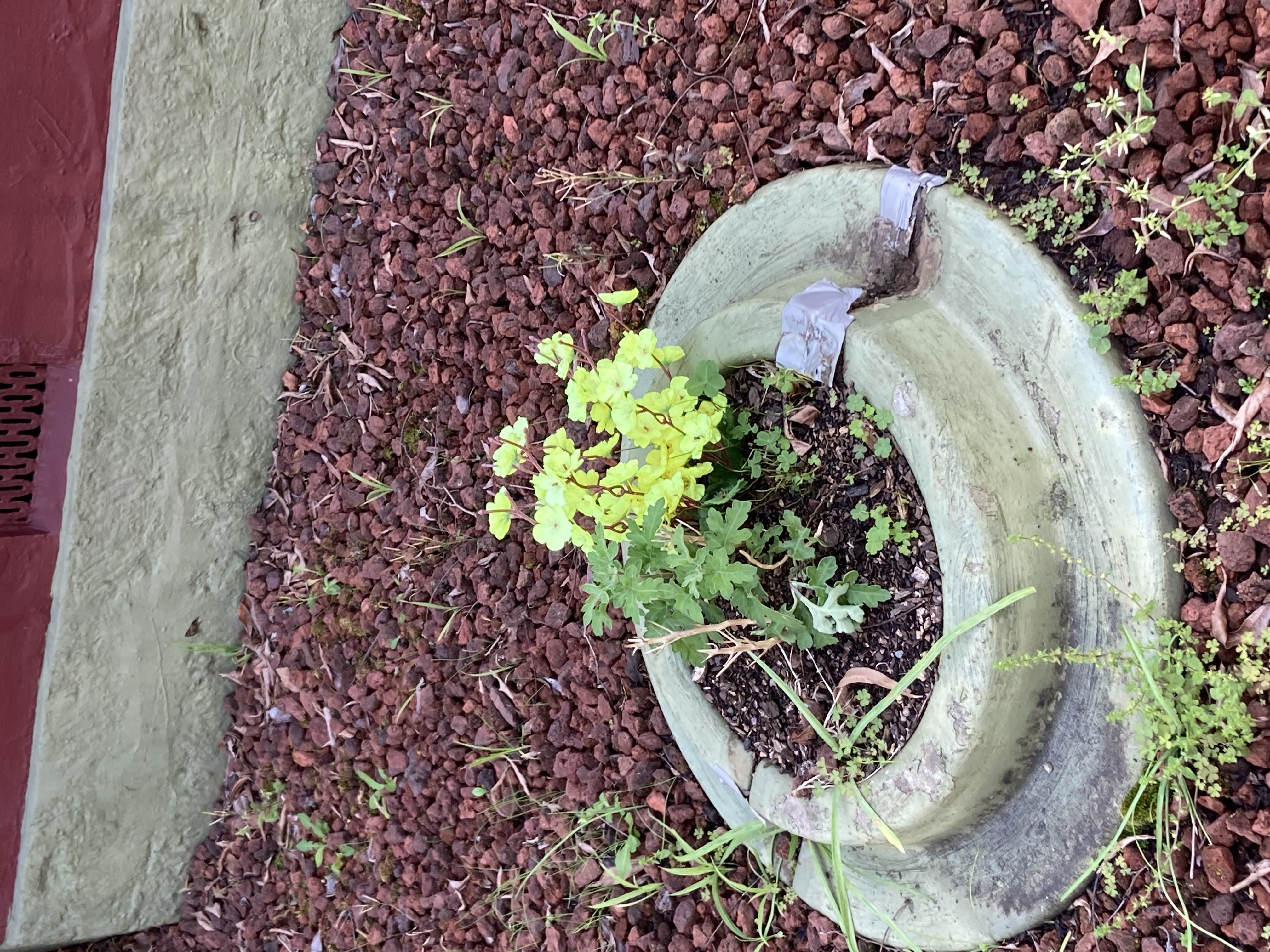
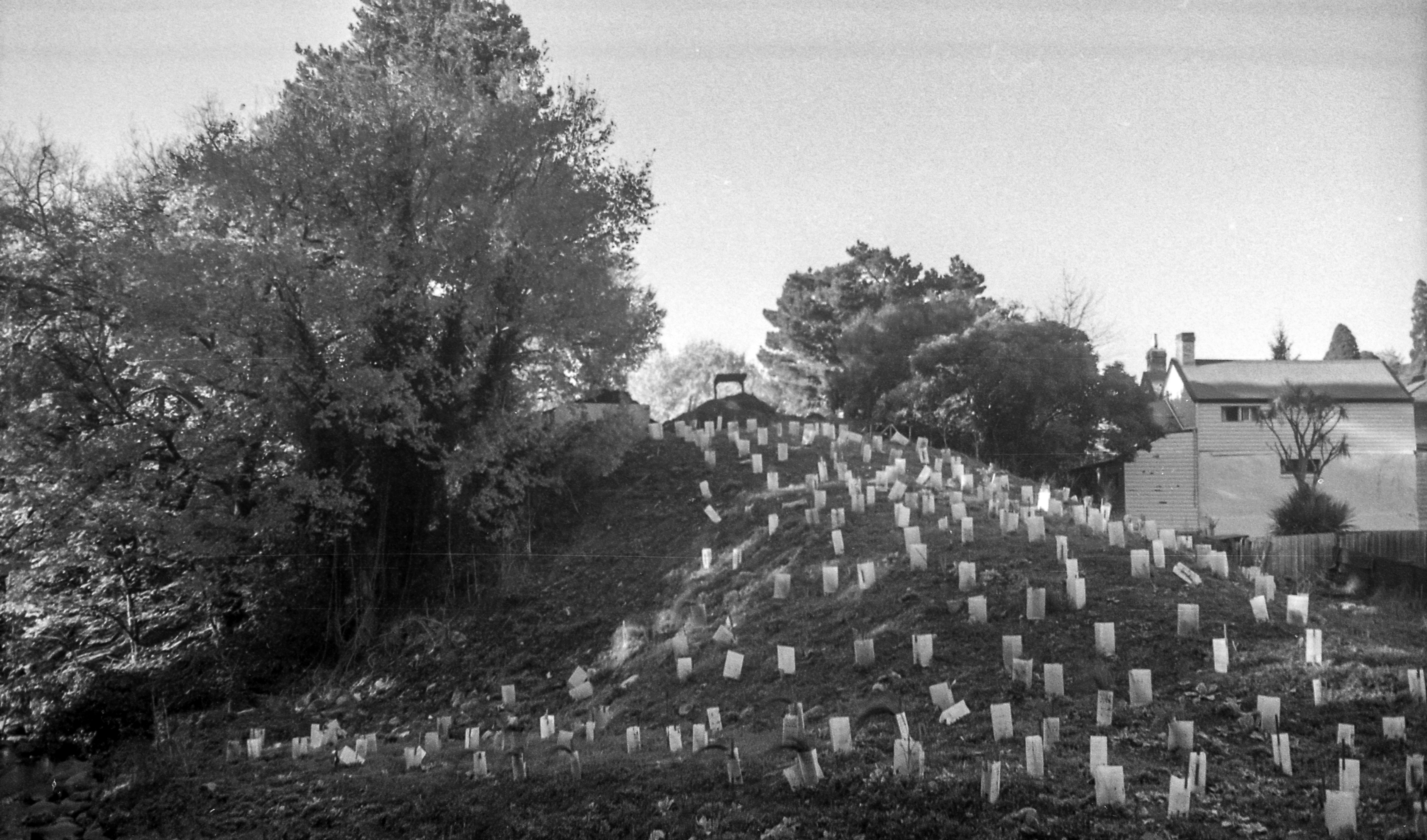
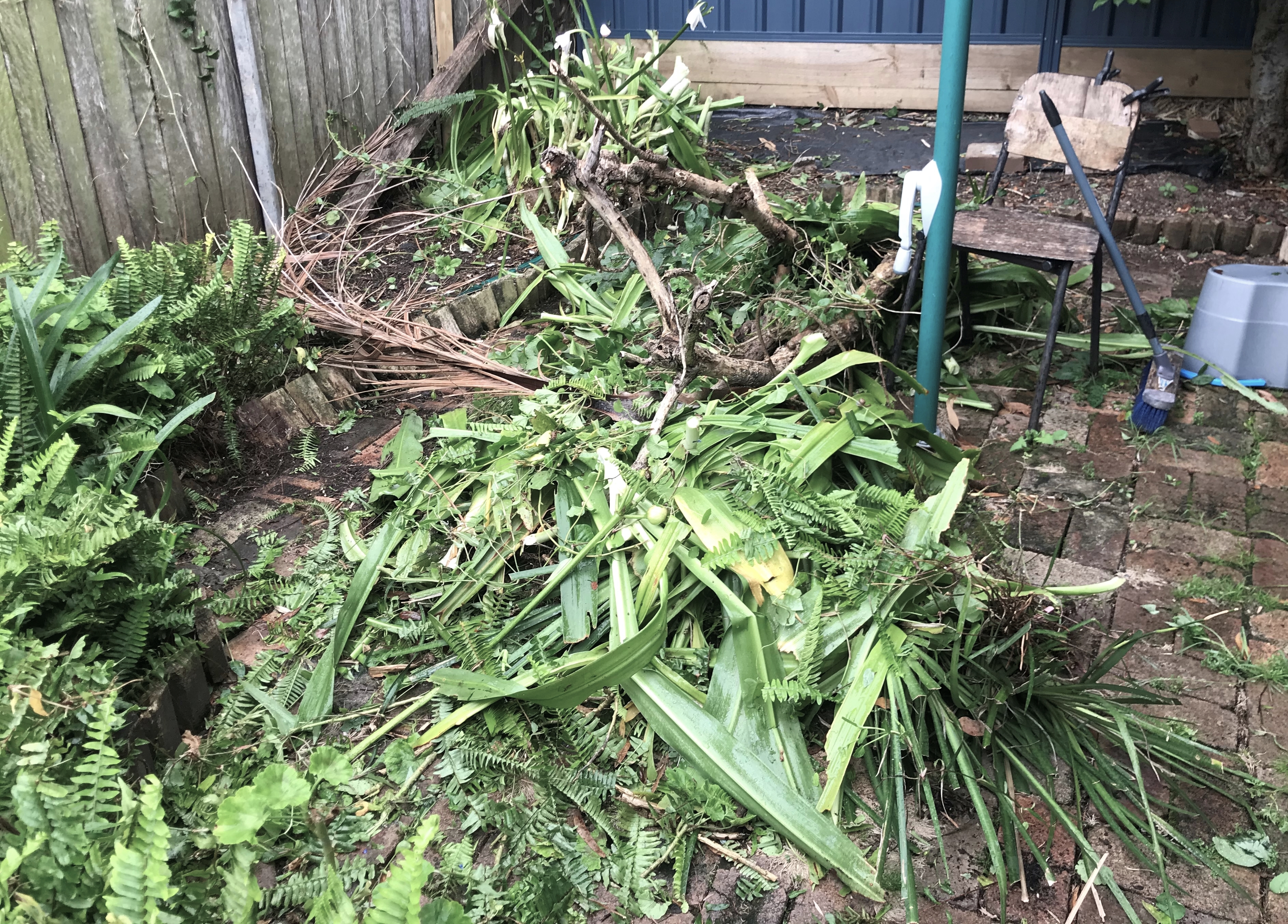
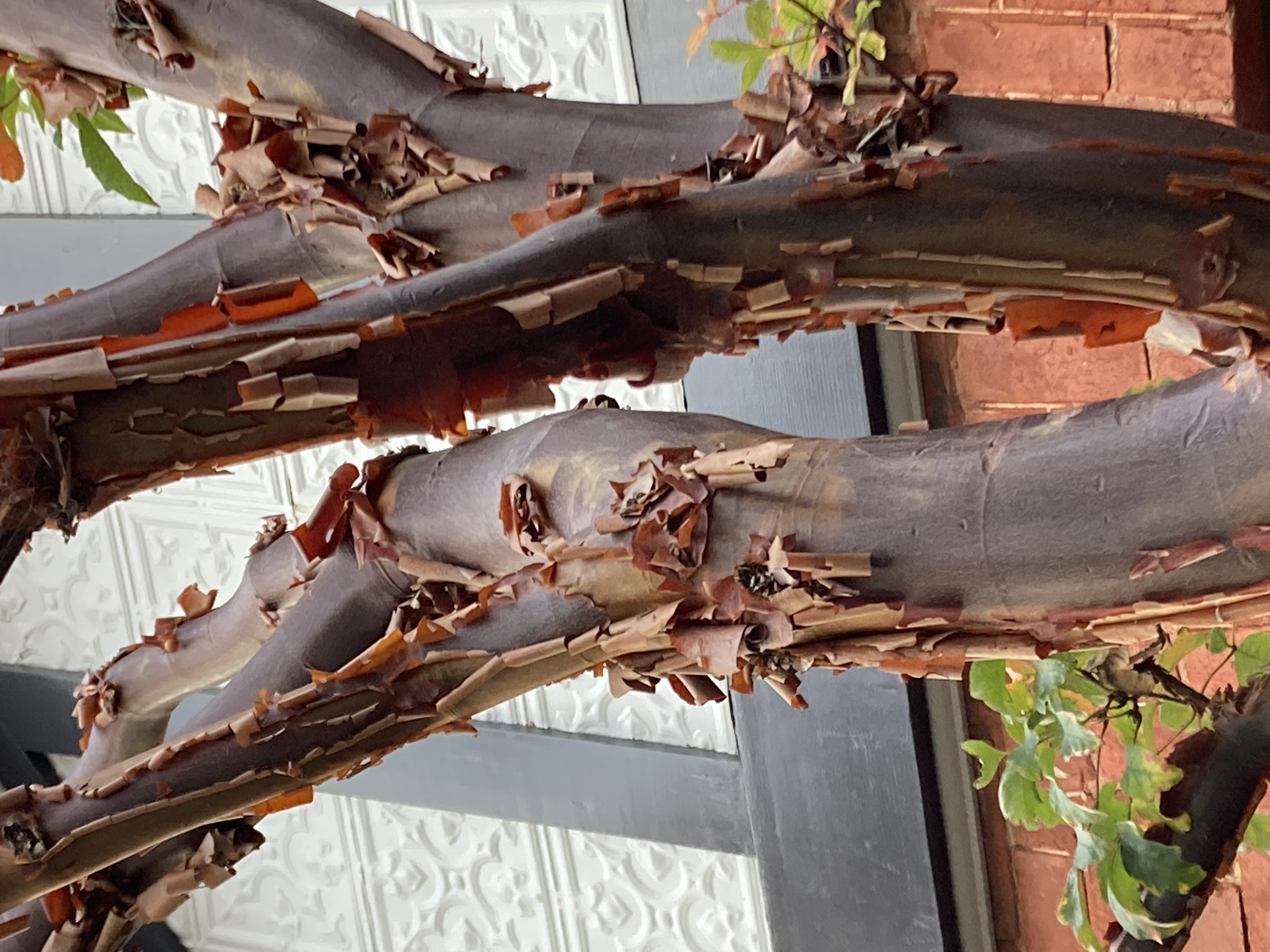


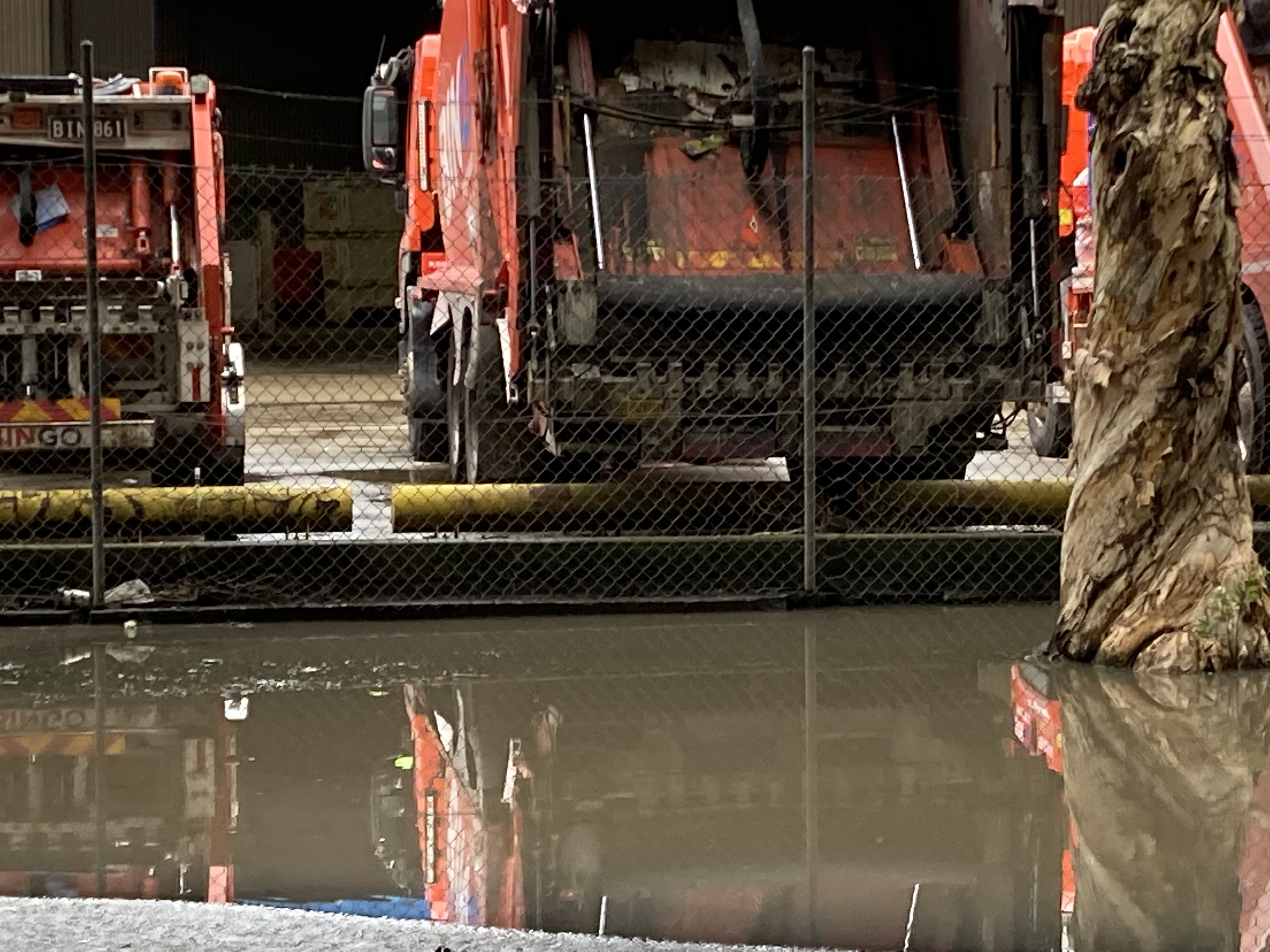
URBAN DECAY...
GLUE small rocks on to the ground.
Building bricks line concrete driveways,
brick after brick, paver after paver, repeat and consume.
Retaining walls, brick walls, motre and rendre,
an inner encased by an outer.
ONE year, five years, ten...
I chip
I start to grow
I sprawl
In-between the pavers, mould, crack and push apart, spread and repeat.
Concrete on dirt,
concrete on concrete,
buy and build,
repeat and reproduce,
zone to rezone.
concrete on concrete,
buy and build,
repeat and reproduce,
zone to rezone.
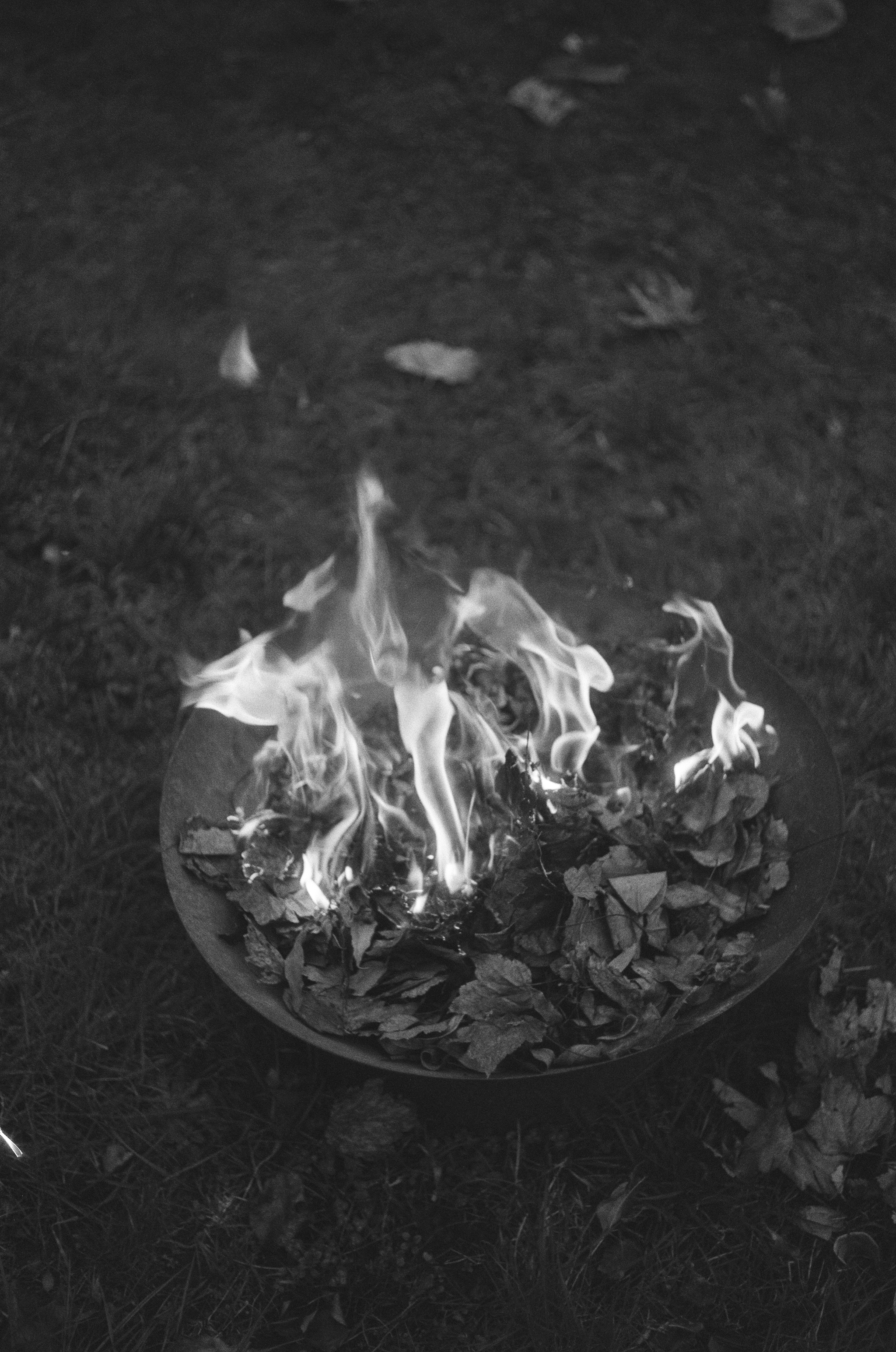

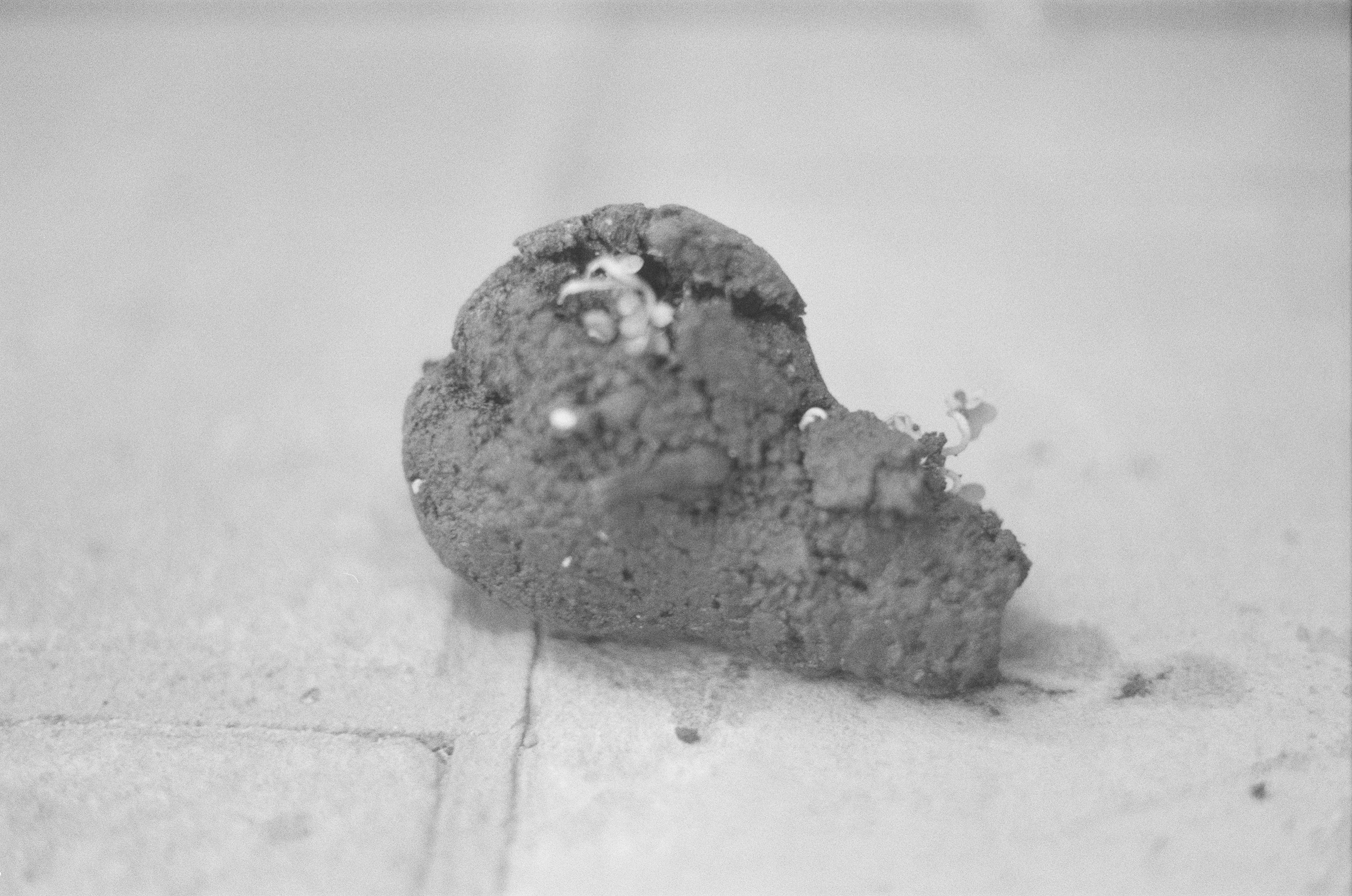
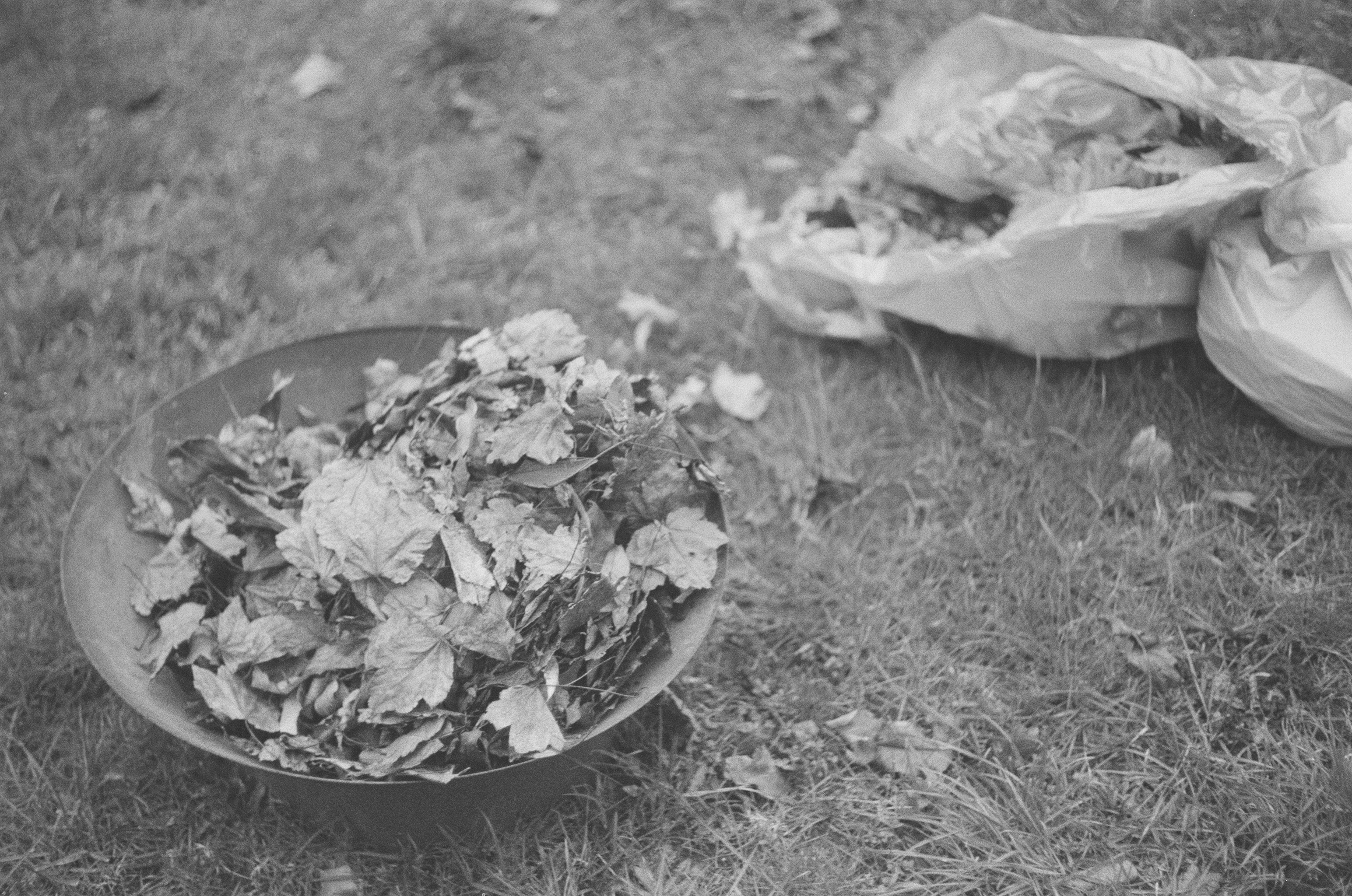
bricks: to pull, to build
bricks have in them a locality of earth, dirt, and clay. this locality is neither maintained
nor lost, but perhaps forgotten.
even when spaces containing bricks are maintained there are few visual cues as to where
the bricks came from, or what primary intended use they had.
memory of locality may be forgotten as bricks are moved by human bodies, they instead
gain a universally recognised form and can be used in many locations communicating a
universal urban-type landscape.
in their rough and unrefined texture they are stacked to complete structures that
underlay and incase living situations.
what locality do these structures communicate when their components are far removed
from their own provenance?
i move bricks to communicate repetitive construction, a prefabricated object that leads
to similar structures repeating over the urban landscapes around me.
for me the bricks i move contain the locality of my family home, dismantled from an
old chimney; they now sit in the backyard accumulating further decay, gathering sludge.
I do not remember where they came from before this.